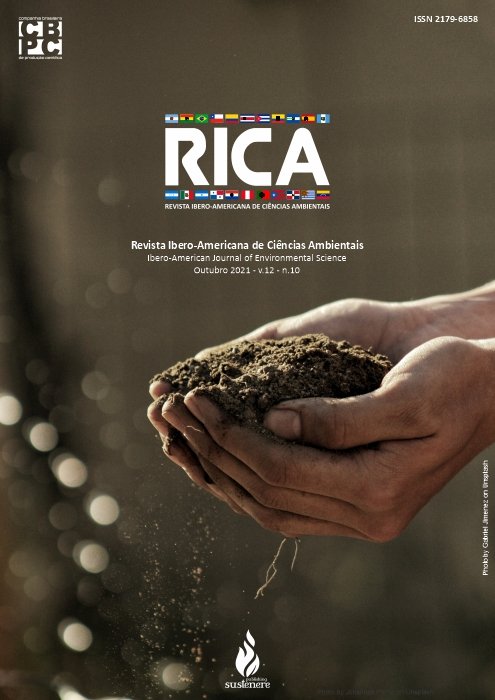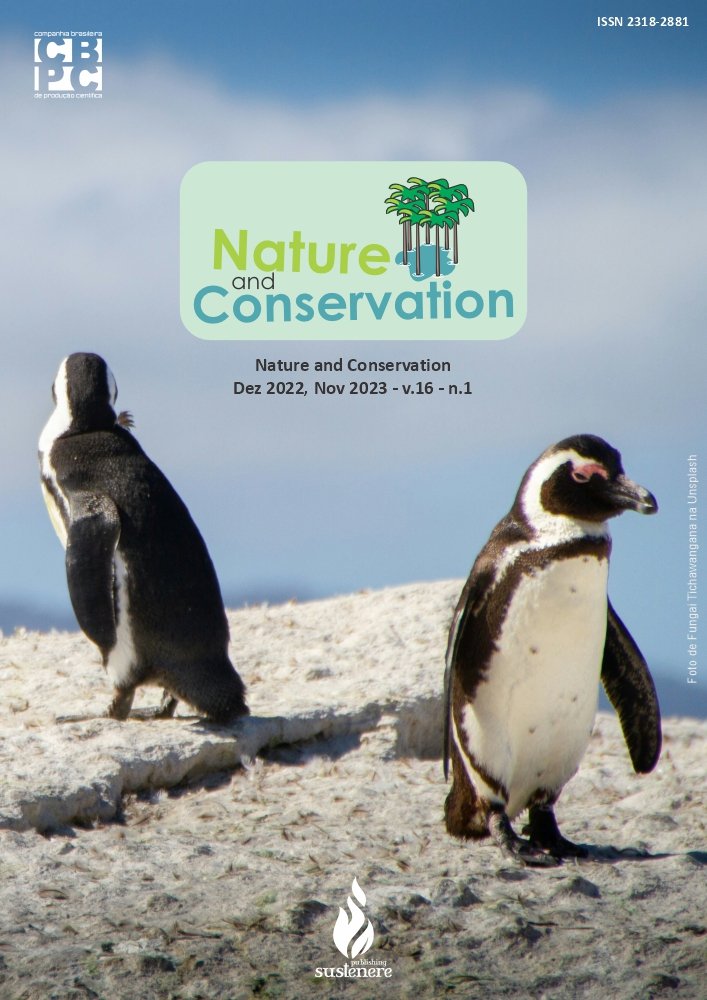Evaluation of biodegradability and release of bioactive substances incorporated in starch films
DOI:
https://doi.org/10.6008/CBPC2179-6858.2021.010.0012Keywords:
Polymeric films, Anti-inflammatory drugs, BiodegradationAbstract
The research and development of novel and more environmentally friendly bioactive substances, which are biodegradable pharmaceutical forms, have been the goal of recent years studies. The present study evaluated biodegradability and the release of bioactive substances incorporated into starch films (esters derived from the anti-inflammatory naproxen, produced by the molecular hybridization strategy), whose pharmaceutical form is related to transdermal administration. The syntheses of thymil and eugenyl naproxenates, naproxen hybrids, and thymol and eugenol, natural phenols, were carried out and achieved moderate yields. Some molecular characteristics of these substances are: (i) the number of aromatic rings (prevent the compounds of being biodegradable) and (ii) the lipophilic character (which cause their release from starch films to occur only when the polymer matrix is ​​completely hydrated). Starch films with plasticizer contents ranging from 0 to 10% were evaluated in this study. One could notice that the produced films presented a translucent visual aspect and good plasticity, with best result regarding these characteristics obtained with the film containing 8% glycerin. SEM, DSC and TGA analysis indicated that incorporation of bioactive substance did not interfere in the formation of the starch films and their thermal properties. The study regarding the release of bioactive substance in phosphate-buffered saline solution (pH 6.8) indicated the released of about 80% of the incorporated naproxen in one hour, with constant release until up to 50 hours study. These results demonstrated that this type of material possess great potential for application in transdermal delivery systems for bioactive substances, especially for substances with remarkable lipophilic character. From the in silico and in vivo biodegradation evaluations one could conclude that, despite the bioactive substances being non-biodegradable, the starch films incorporated with bioactive substances are biodegradable, with mass reduction between 52 to 80% under environmental conditions. Considering that the bioactive substance mass corresponds to a small percentage of the polymer matrix, the starch film biodegradation, as well as the absence of interference of the bioactive substance in this process, become the most important factors when considering an eventual inappropriate disposal of this type of material.
Downloads
Downloads
Published
Issue
Section
License
Copyright (c) 2021 Ibero-American Journal of Environmental Sciences

This work is licensed under a Creative Commons Attribution-NonCommercial-NoDerivatives 4.0 International License.
The CBPC - Companhia Brasileira de Produção Científica (Brazil CNPJ: 11.221.422/0001-03) the material rights of the published works. The rights relate to the publication of the work anywhere in the world, including rights to renewals, expansions and dissemination of the contribution, as well as other subsidiary rights. All electronically published works may subsequently be published in printed collections under the coordination of this company and / or its partners. The authors preserve the copyright, but are not allowed to publish the contribution in another medium, printed or digital, in Portuguese or in translation.









